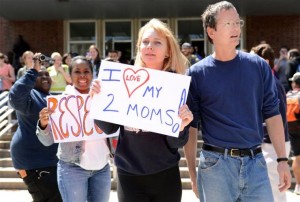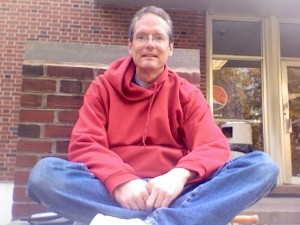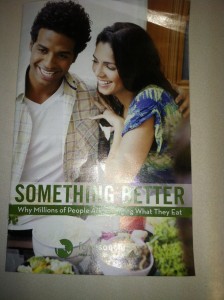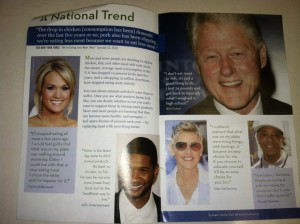One rhetorical implication of the topics addressed in the Vimeo tutorial videos is that the ‘instructors’ have an already established ethos due to the fact that they are offering these ‘how-to’ mini-videos on a Vimeo, a video publishing site. Obviously they have a prior thorough understanding of the tricks of camera equipment and editing software if they are hosting a ‘video school’ of sorts. Also, the caption at the top references that the people featured in the video are a part of Vimeo’ s video staff, accrediting even more professionalism. Even without Vimeo itself as a foundation, the ‘instructors’ gave the amateur tips and tools that might be small, but are very significant for the final project. Only people who have had a lot of experience would know what nuances to look for and remember when filming. Even more, only people who have have spent a lot of time behind a computer editing would be able to provide an efficient list of what to do and how to do it as swiftly as ‘Steve from Vimeo’ did.
Another rhetorical implication that I noticed was the presence of kairos. The ‘instructors’ are under the realization that only people who are interested in filming and editing are going to be watching and taking notes on their video school videos. Therefore, they did their best to try and point out things that most people forget to do, and regret later; basically saving others heartbreak and disappointment that they themselves had no doubt previously experienced. Another way that they use rhetoric here is by posting the video school videos under the ‘join’ tab. They are insightful in doing so because they know who their target audience is, and by giving free and efficient tips out, they are indirectly inviting others to join, kind of like leading a dog with a bone.
Both of these are rhetorical implications that I noticed in the assigned viewing.









